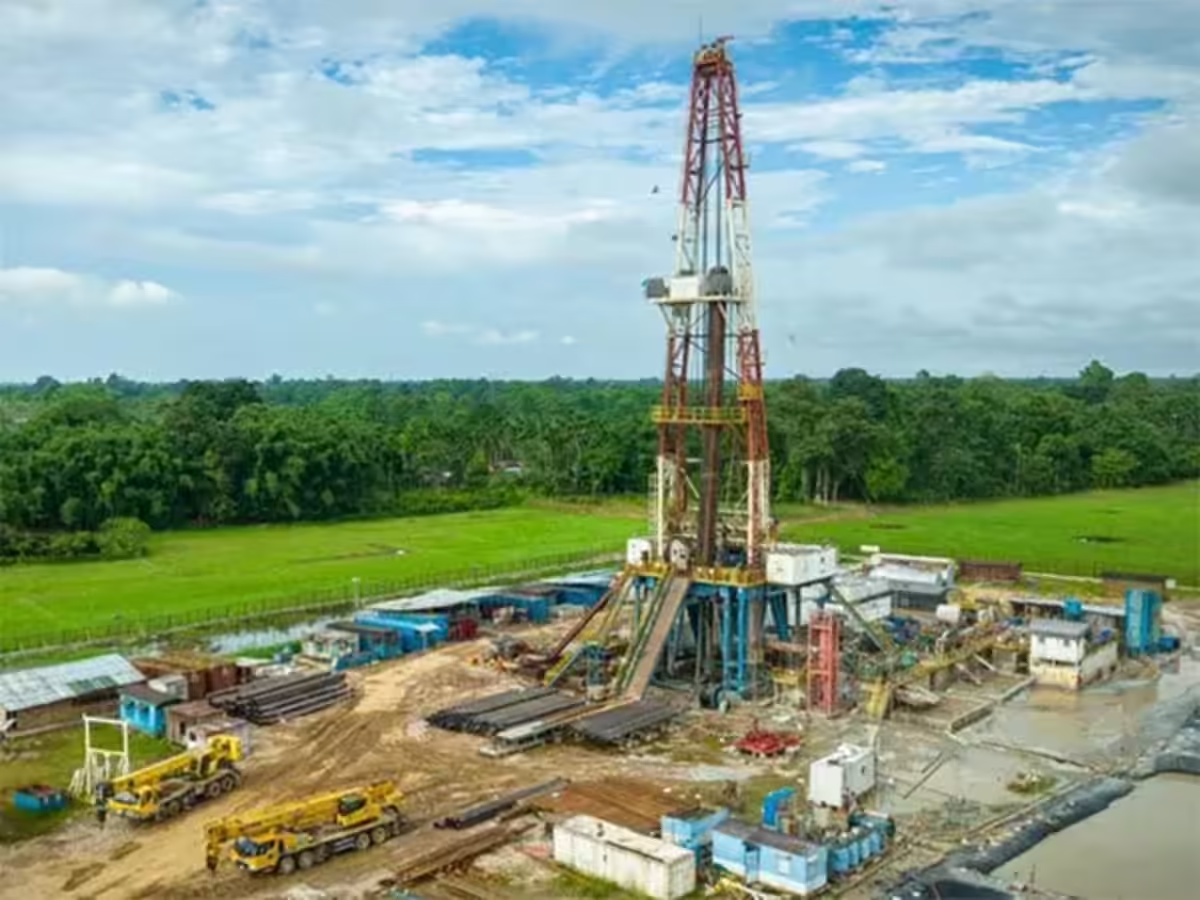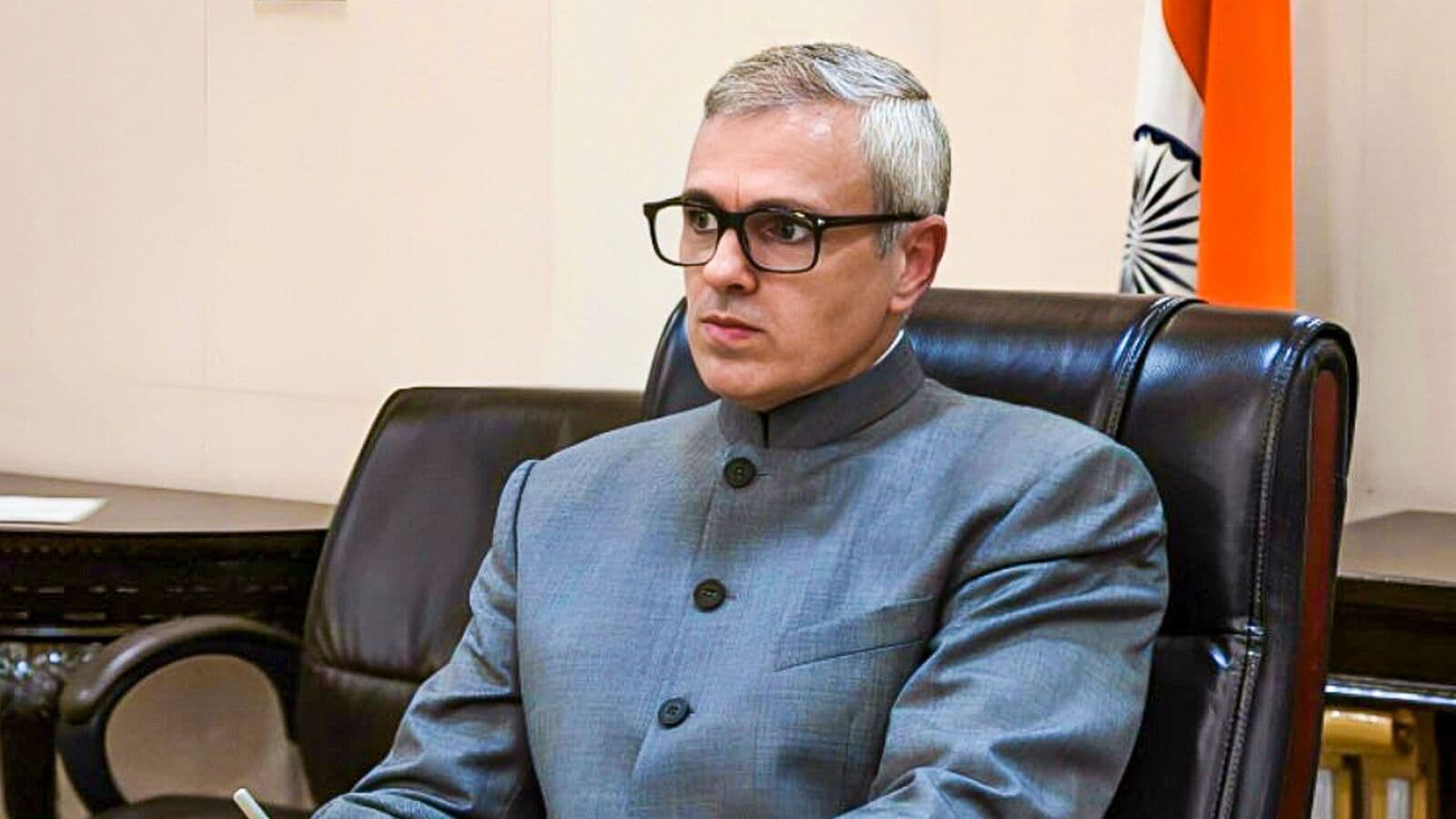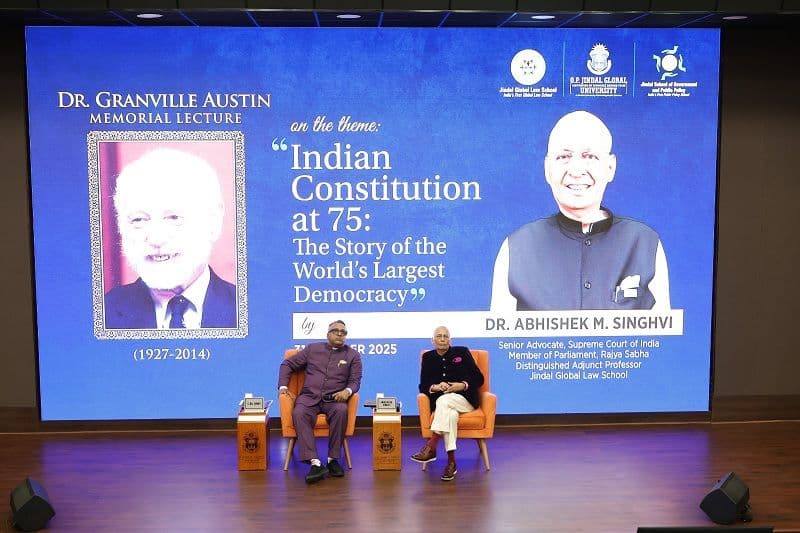India’s Andaman and Nicobar Islands, spanning 47,000 sq. km in the Bay of Bengal, are emerging as a potential oil and gas hotspot. Union Petroleum Minister Hardeep Singh Puri, in June 2025, hinted at a “Guyana-sized” discovery, potentially rivaling Guyana’s 11.6 billion barrels. With India importing 85% of its crude, the Andaman Basin—classified as Category II with 72 million metric tonnes of oil equivalent (MMTOE), of which 97% remains untapped—could transform energy security and propel the economy from $3.7 trillion to $20 trillion.
In This Article:
Drilling Momentum and Reforms
In FY24, ONGC drilled a record 541 wells, including 103 exploratory ones, investing ₹37,000 crore. Oil India began drilling at Vijaya Puram-1 using the high-tech Blackford Dolphin rig. Since 2022, relaxed defense and space agency clearances have opened 1 million sq. km for exploration. The 2016 Hydrocarbon Exploration and Licensing Policy (HELP) and 2025 Oil Fields Regulation Bill have attracted interest from ExxonMobil, Chevron, and TotalEnergies, with ONGC signing an MoU with TotalEnergies in 2023.
Geological Promise and Challenges
The Andaman Basin, part of an island arc from Myanmar to Indonesia, holds thick sediment layers (up to 7,000m) with Miocene limestone reservoirs, as seen in the 1980 AN-1-1 gas discovery. Recent successes in Indonesia’s North Sumatra Basin, like the Timpan and Layaran-1 finds, signal potential, though reservoir quality and high CO2 risks persist. Offshore drilling costs ($100 million per well vs. $4 million onshore) pose financial hurdles, but rising oil prices incentivize investment.
Economic and Regional Impact
A major find could create jobs in logistics and services, boost infrastructure, and reduce transport costs, curbing inflation. The Andaman region could become an energy hub, mirroring Guyana’s economic leap. With ONGC and Oil India drilling ultra-deepwater wells in 2025, India’s energy future looks promising.
-By Manoj H




